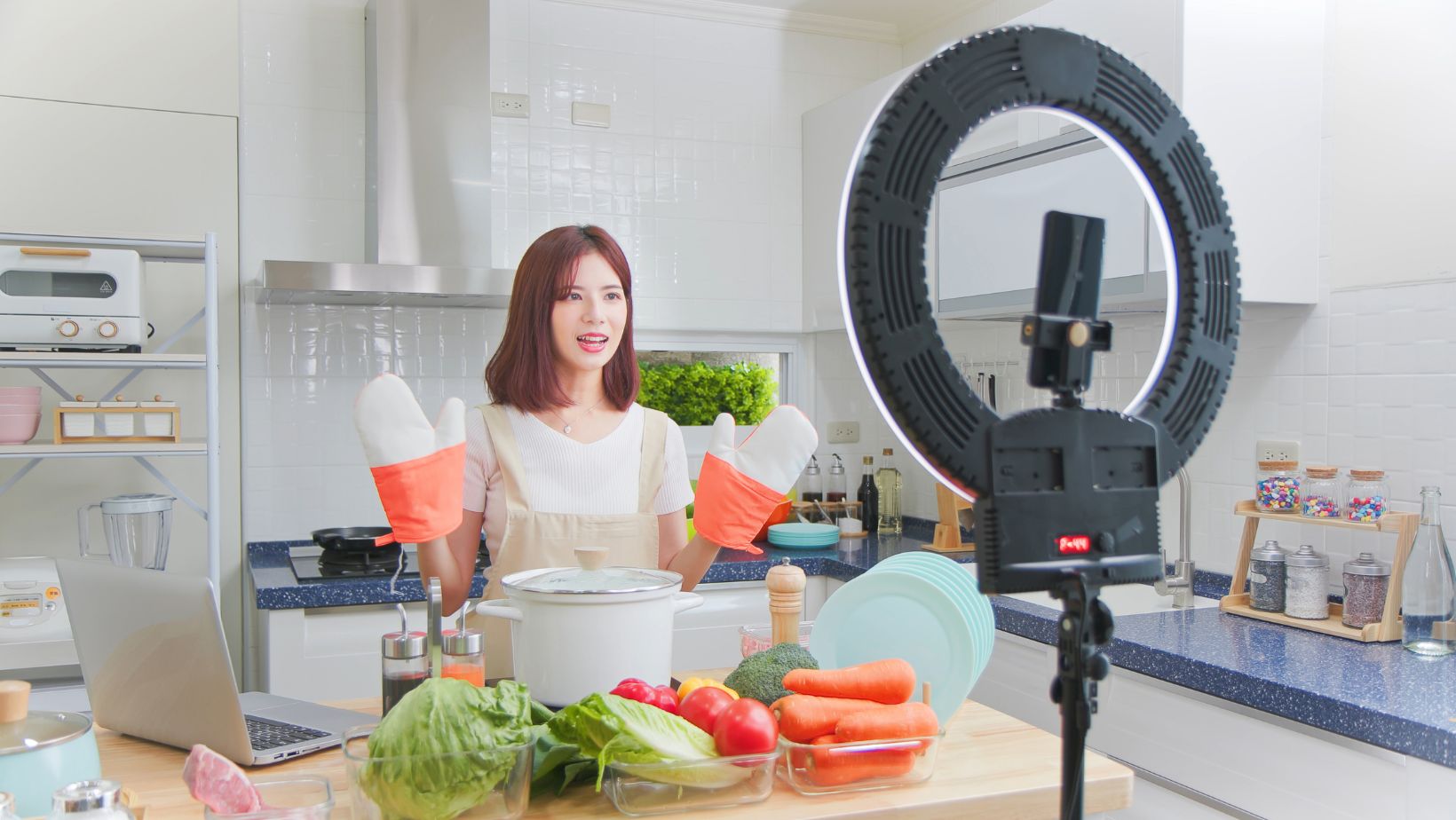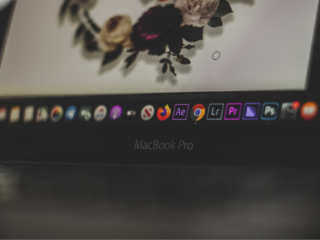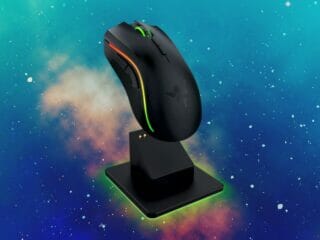
Live streaming has become an increasingly popular way to share content, connect with audiences, and build communities online. Whether you’re interested in streaming gameplay, educational content, music, or just chatting with viewers, this guide will help you get started with the essential elements of a successful live stream.
Setting Up Your Live Stream
Before going live, you’ll need to make some fundamental technical decisions and preparations. Choose a streaming platform that aligns with your content and goals – Twitch is popular for gaming, while YouTube might be better for educational content. Next, select streaming software like OBS (Open Broadcaster Software) or Streamlabs, which will help you manage your stream’s layout and technical aspects.
Essential equipment for setting up a live stream includes:
- A computer or device capable of handling both your content and the streaming software without lagging
- A reliable internet connection with at least 5 Mbps upload speed for standard quality streams
- A decent microphone – your audience needs to hear you clearly
- A webcam if you plan to show yourself on screen
Planning Your Content
Successful streams require more than just technical setup. Consider what type of content you want to create and who your target audience is. Create a basic content outline or schedule for each stream to keep yourself organized and maintain viewer engagement. While spontaneity can be great, having a general structure helps prevent awkward silences and maintains flow.
Stream Quality and Settings
Finding the right balance between stream quality and performance is crucial. Start with these recommended settings:
- Resolution: 720p (1280×720) for beginners
- Frame rate: 30 fps for most content, 60 fps for fast-paced gaming
- Bitrate: 2500-4000 kbps for 720p streaming
Test these settings before going live to ensure your hardware can handle them without issues. You can always adjust based on your internet stability and computer performance.
Engaging With Your Audience
Viewer interaction is what sets live streaming apart from pre-recorded content. Keep an eye on your chat while streaming and acknowledge viewers who engage with you. Address people by their usernames and respond to relevant questions or comments. Consider having a second monitor dedicated to reading chat and managing stream elements.
Remember that building an audience takes time. Focus on being consistent with your schedule and maintaining quality interaction, even if you only have a few viewers initially.
Managing Technical Issues
Technical problems are inevitable in live streaming. Prepare for common issues by running test streams before going live. Have backup audio sources ready, and keep your streaming software updated. Maintaining a steady internet connection and learning basic troubleshooting for your equipment will help you handle problems smoothly when they arise.
Creating a Professional Environment
Your streaming environment affects both audio and video quality. Find a quiet space with good lighting and minimal background distractions. Consider using a ring light for even illumination and acoustic treatments if echo is an issue in your room.
Starting your streaming journey might seem overwhelming, but taking it step by step makes the process manageable.

Focus on getting the basics right first – reliable equipment, stable internet, and engaging content. As you become more comfortable with streaming, you can gradually upgrade your setup and explore advanced features. Remember that every successful streamer started as a beginner, and consistency is key to growth. With practice and patience, you’ll develop your unique streaming style and build a community around your content.






